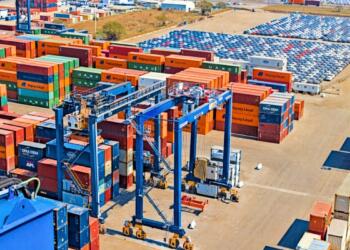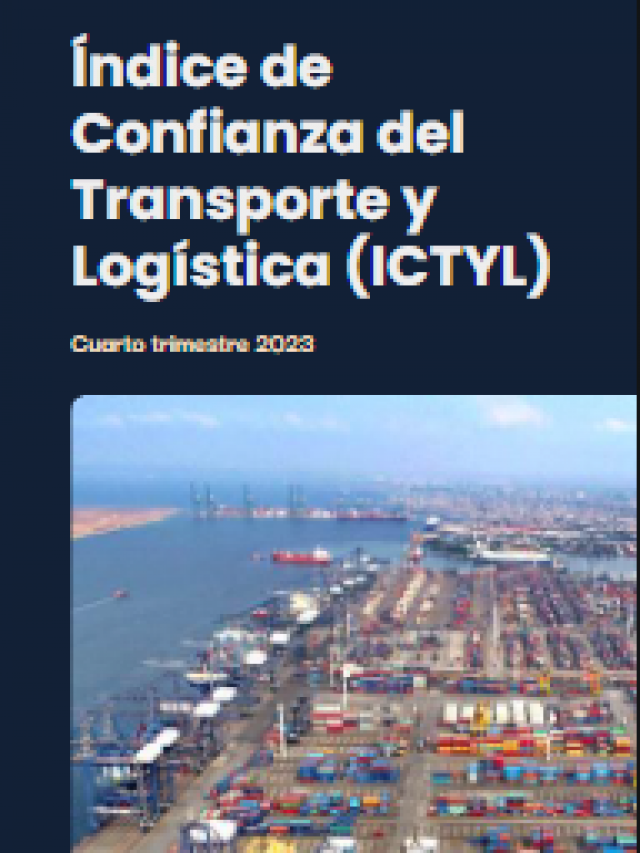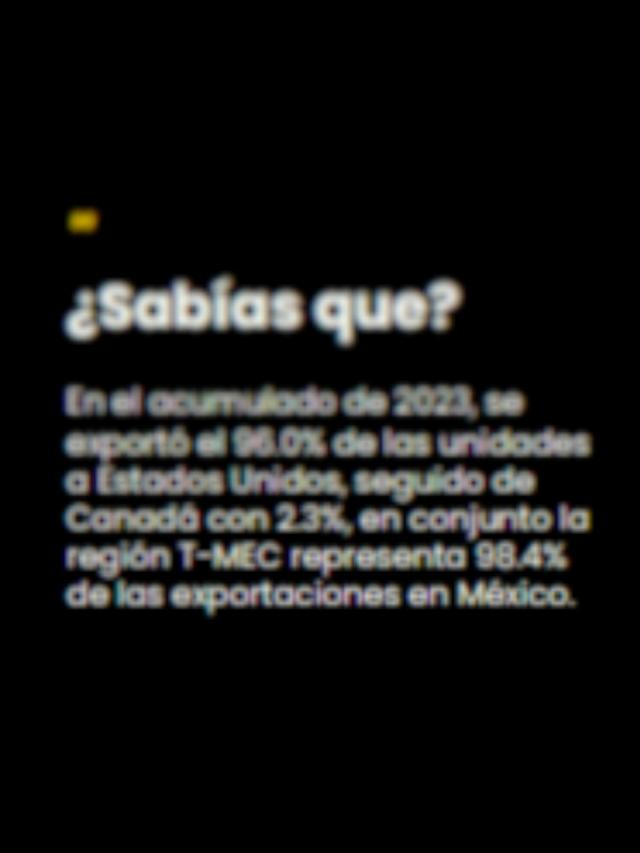
The Mexican air cargo market experienced a 5.2% slowdown during the first quarter of the year compared to the same period last year, a decrease driven by the United States tariff policy and economic uncertainty.
“This contrasts with the global environment. We are experiencing a more pronounced slowdown in Mexico than the rest of the industry; that’s a red flag,” said Fabricio Cojuc, an independent international aviation consultant and specialist in Mexican aviation.
According to figures from the Federal Civil Aviation Agency (AFAC) , 282,278.9 tons were transported from January to March, 15,624.3 tons less than the previous year.
During this period, Felipe Ángeles International Airport (AIFA) went from 104,857.5 tons to 87,548.2 tons, a 16.5% decrease, while Mexico City International Airport (AICM) increased 7.1% from 57,235.7 tons to 61,317.1 tons.
“It could be understood that aircraft bellies are being used more at AICM, since this airport no longer accepts cargo aircraft. This indicates a greater concentration of cargo through aircraft bellies, which is somehow taking away from AIFA. It seems that there is an industry effort to maximize cargo movement at AICM, to the extent possible, and that AIFA is experiencing some setbacks in the face of a potential reorganization of cargo distribution and logistics chains,” Cojuc explained.
The air traffic specialist indicated that the decrease in San Luis Potosí was due to UPS ‘s acquisition of Estafeta , as that area is the Mexican company’s main operations center. As for Toluca, it was due to TUM’s departure.
In the domestic market, 88,829.2 tons were transported, a decrease of 1,570.3 tons, which translated into a 1.7% reduction compared to the same period last year.

Regarding Querétaro, he noted that this airport remains the number one domestically, having grown by 30 percent last March alone. “It’s a distribution hub for companies like Mercado Libre and Amazon , there’s very robust activity, it’s a cargo hub for packages, and Monterrey grew by 9 percent due to the significant growth it experienced in March, primarily due to Viva Aerobus ,” he stated.
“The 1.7% (decrease in the domestic market) in the current economic environment of a latent recession, the economy is growing slowly, and we are on par with the performance of the economy in general. It’s worth noting that three airports account for 40% of domestic cargo, and AIFA does not appear in this top ten, despite being an airport focused on international cargo,” he said.
But the steepest decline in the first quarter was recorded in international air cargo, which fell from 207,503.6 tons to 193,449.7 tons, a 6.8% year-over-year decrease. The AIFA region saw the largest decline, with a 16.6% drop, compared to a 7.6% increase in the AICM region. In March alone, Santa Lucía fell 11.6%, and Mexico City saw a 17% year-over-year increase.

“It’s important to remember that operations at AICM are limited by the number of slots (takeoff and landing times), which doesn’t necessarily mean the number of flights has increased in parallel. There’s a trend toward greater utilization of aircraft bellies. There’s a contraction in cargo movement on long-haul flights, especially in the Asian market, and the tariff issue is impacting all operations,” said Fabricio Cojuc.
In this regard, the specialist predicts that the slowdown in demand for products will continue to impact supply chains, so the decline in air cargo transport is expected to continue for the rest of the year.
Comment and follow us on X: @evandeltoro / @GrupoT21














